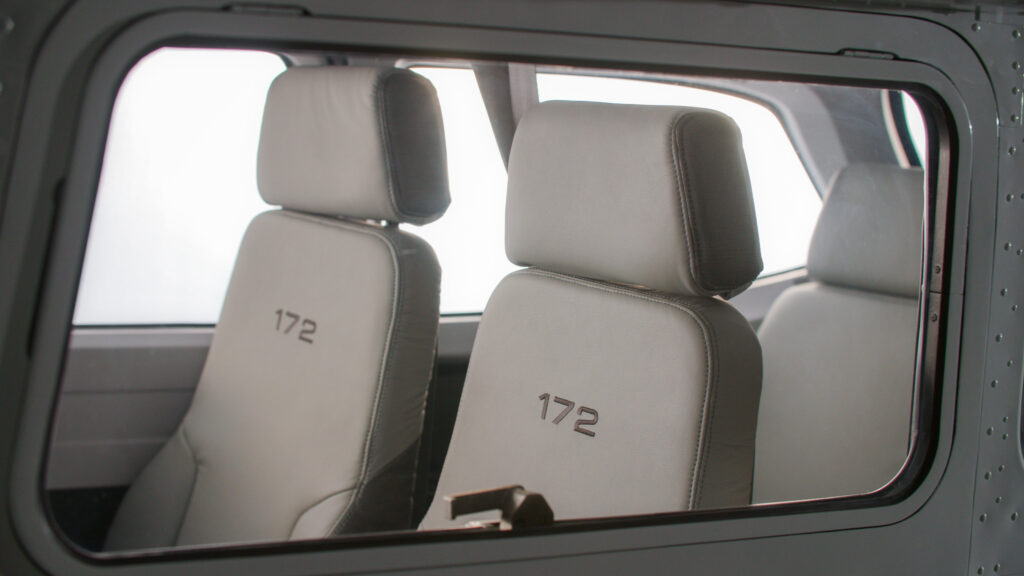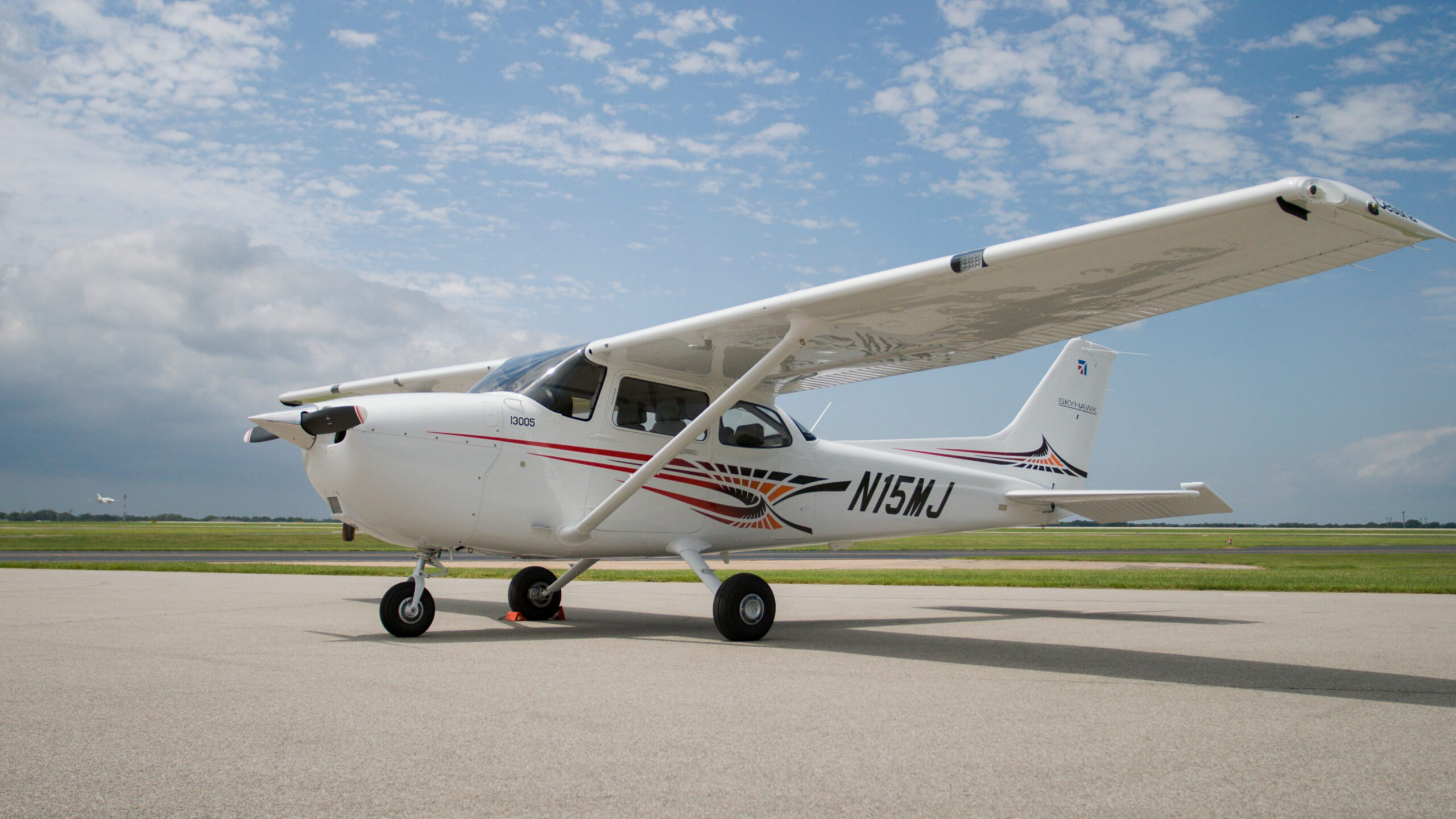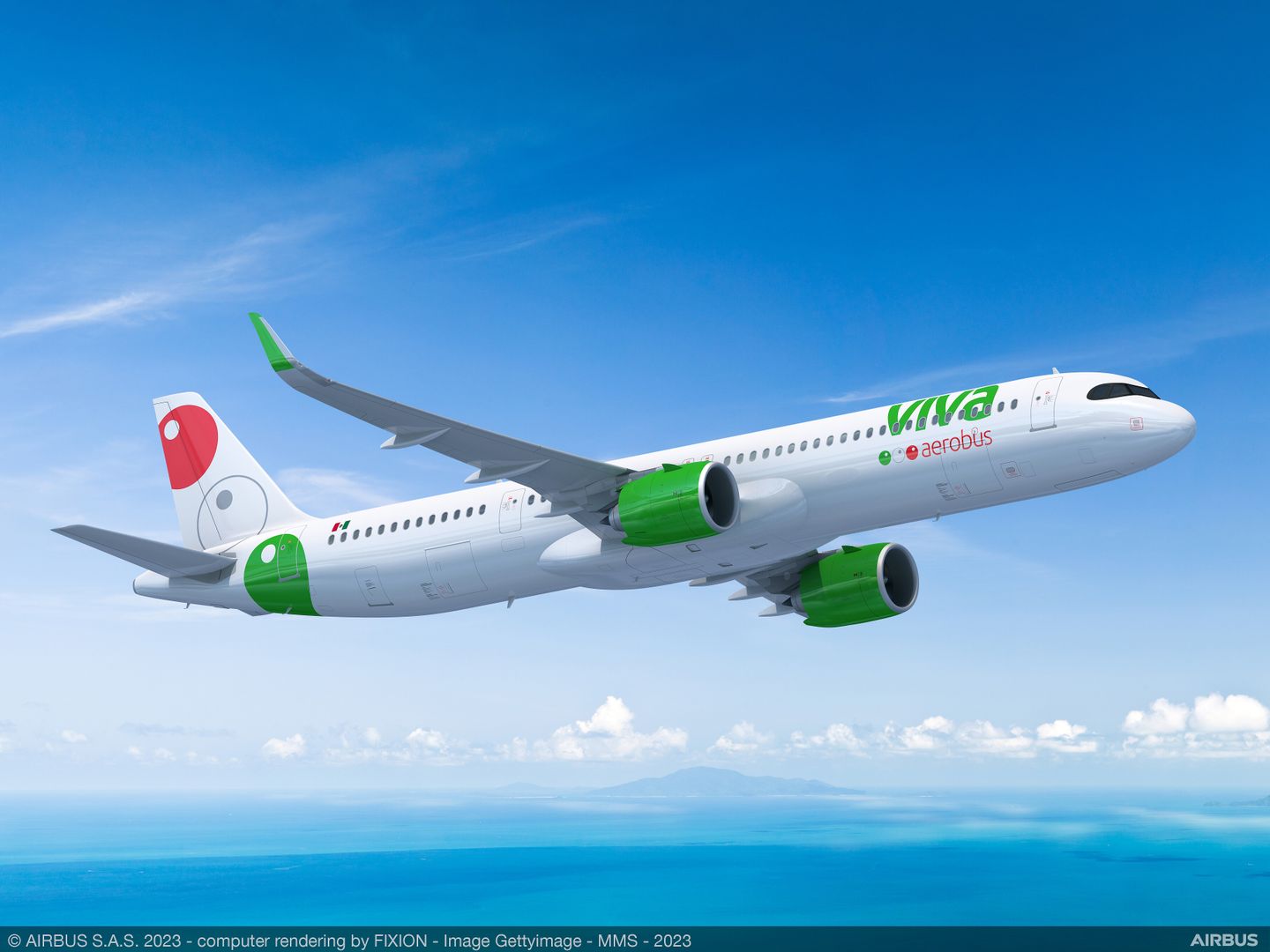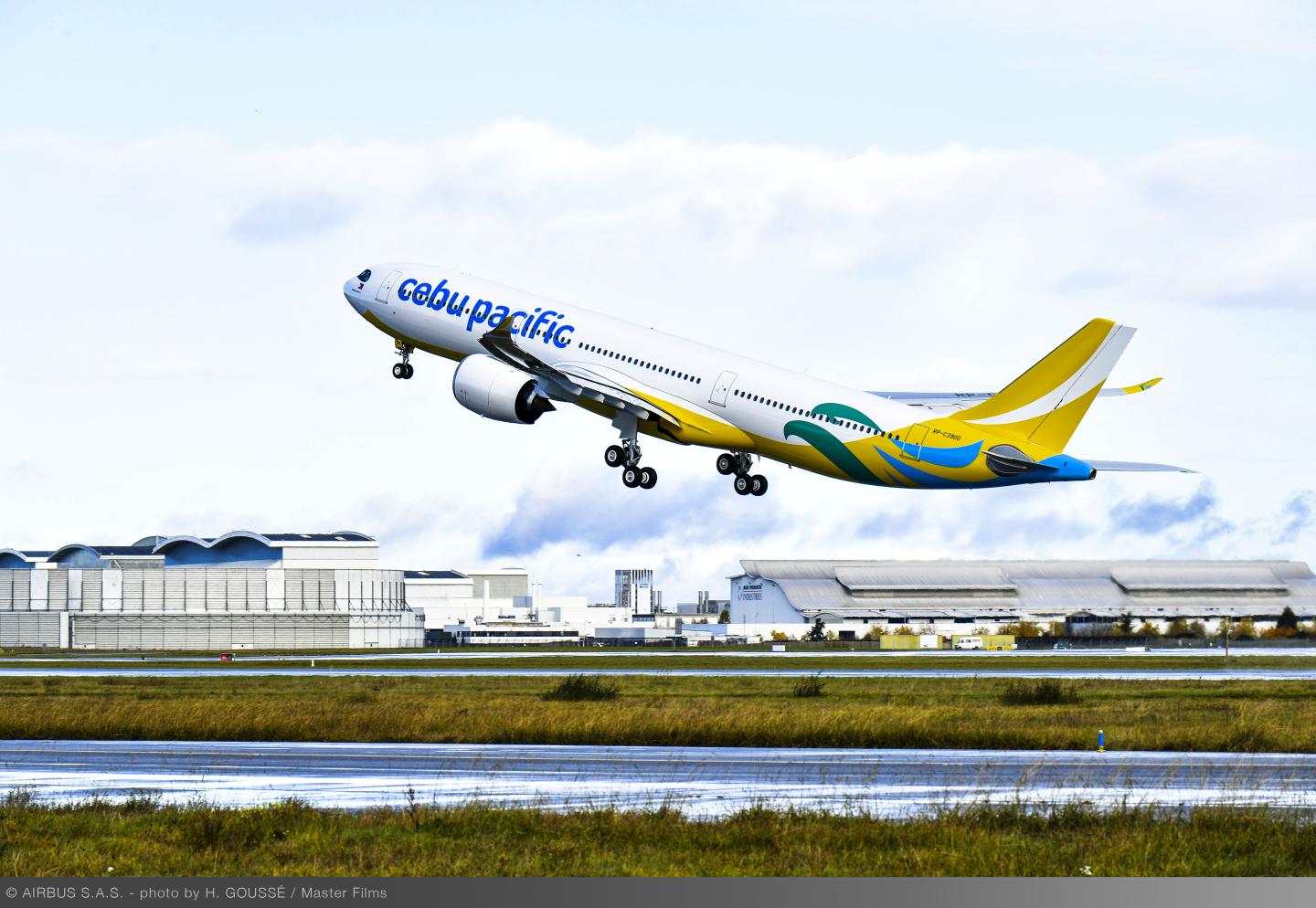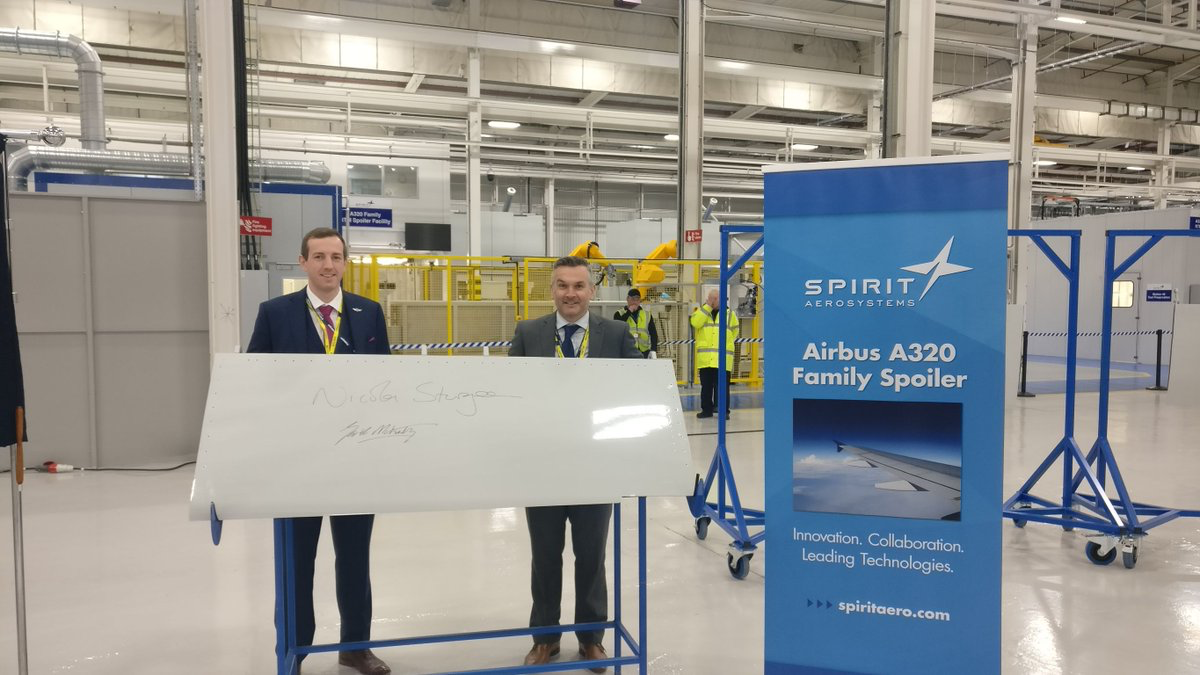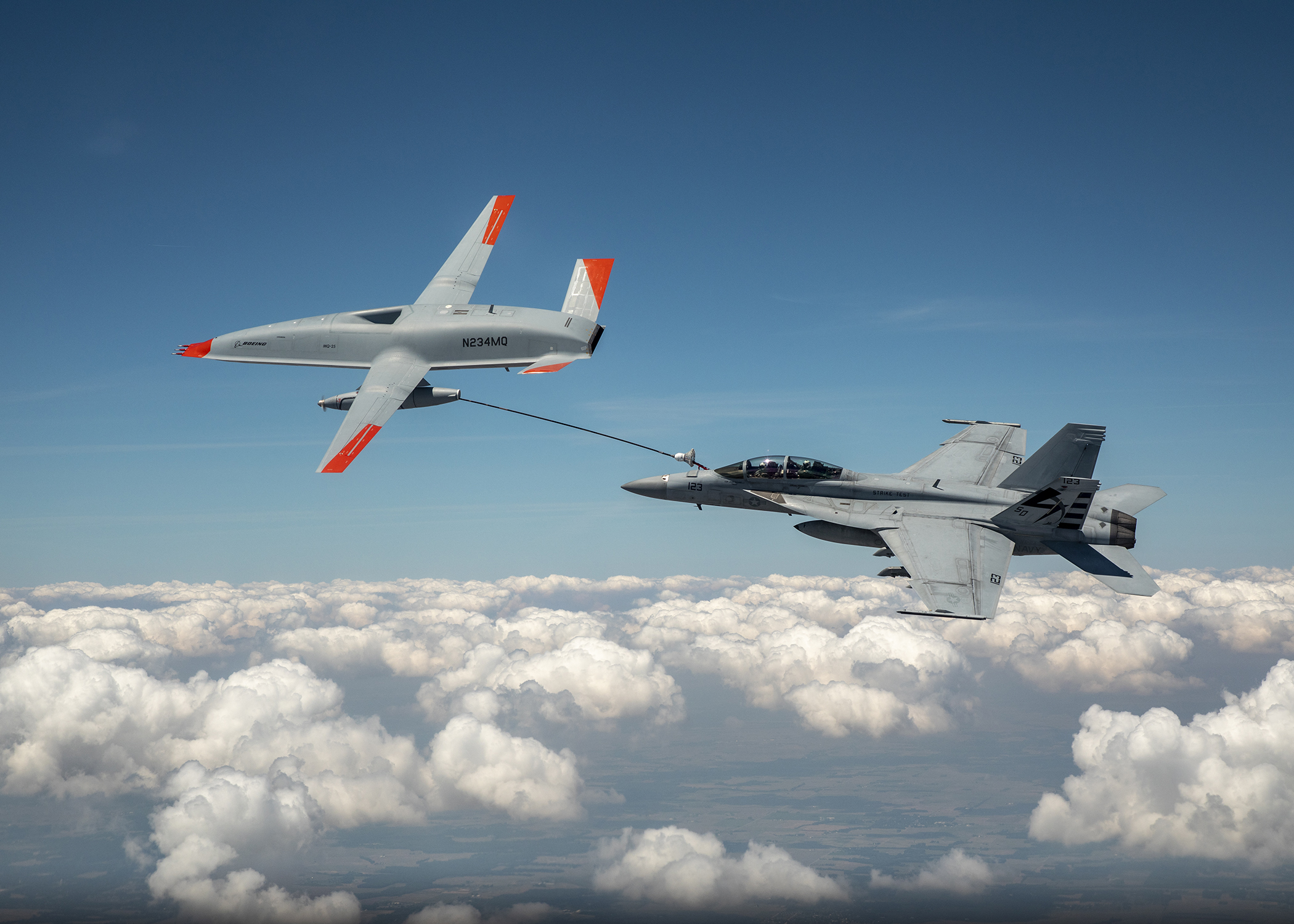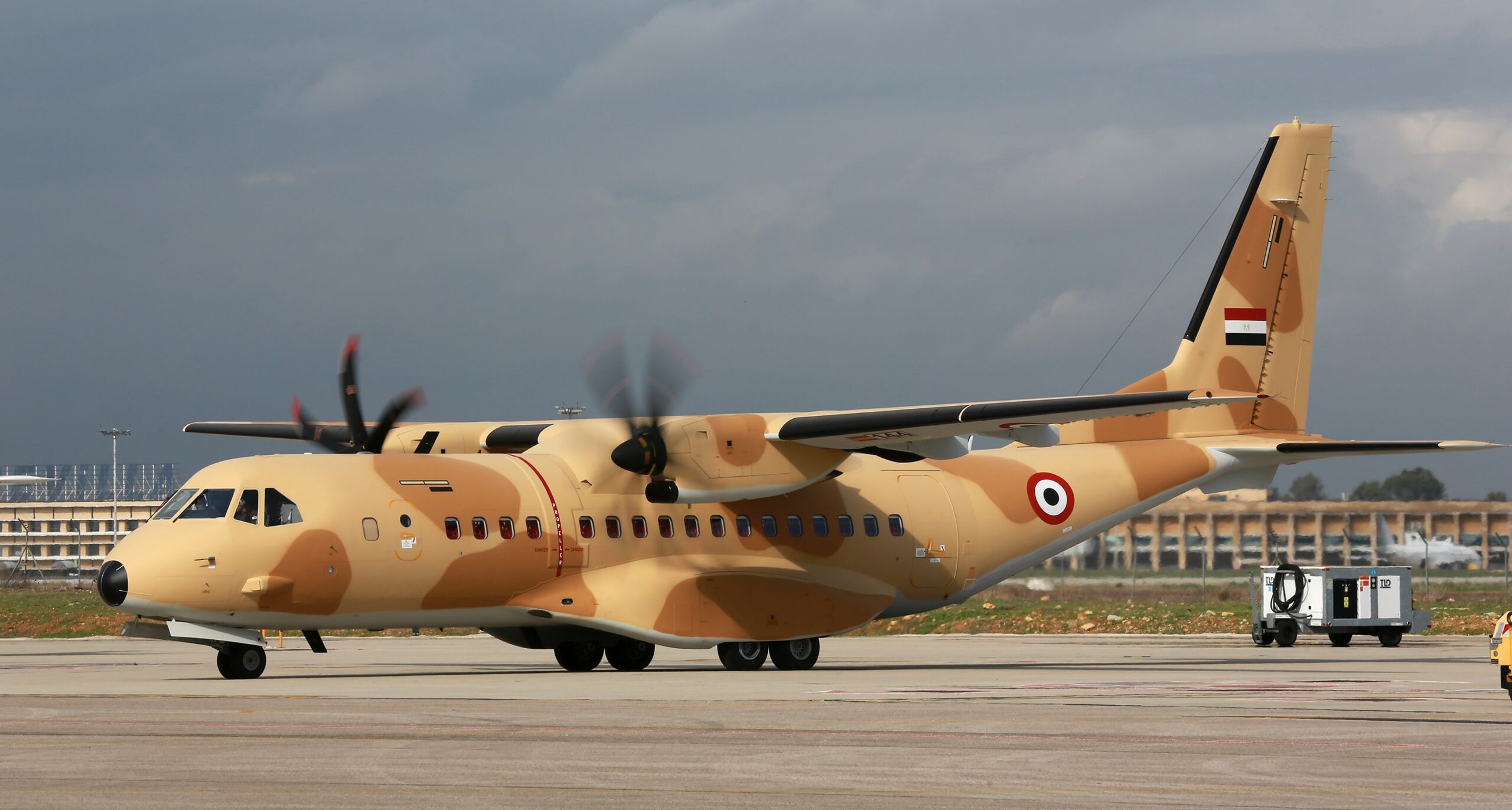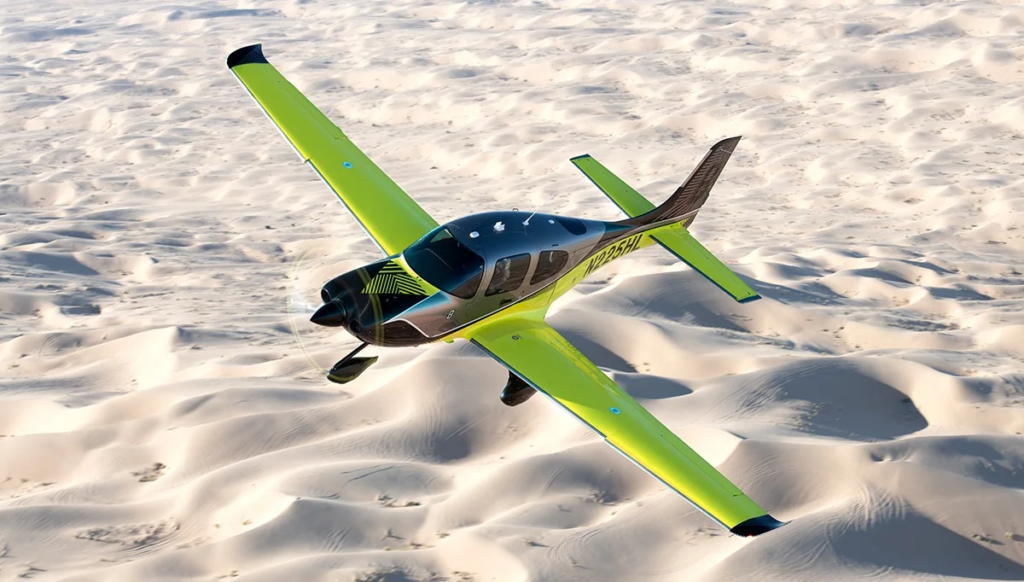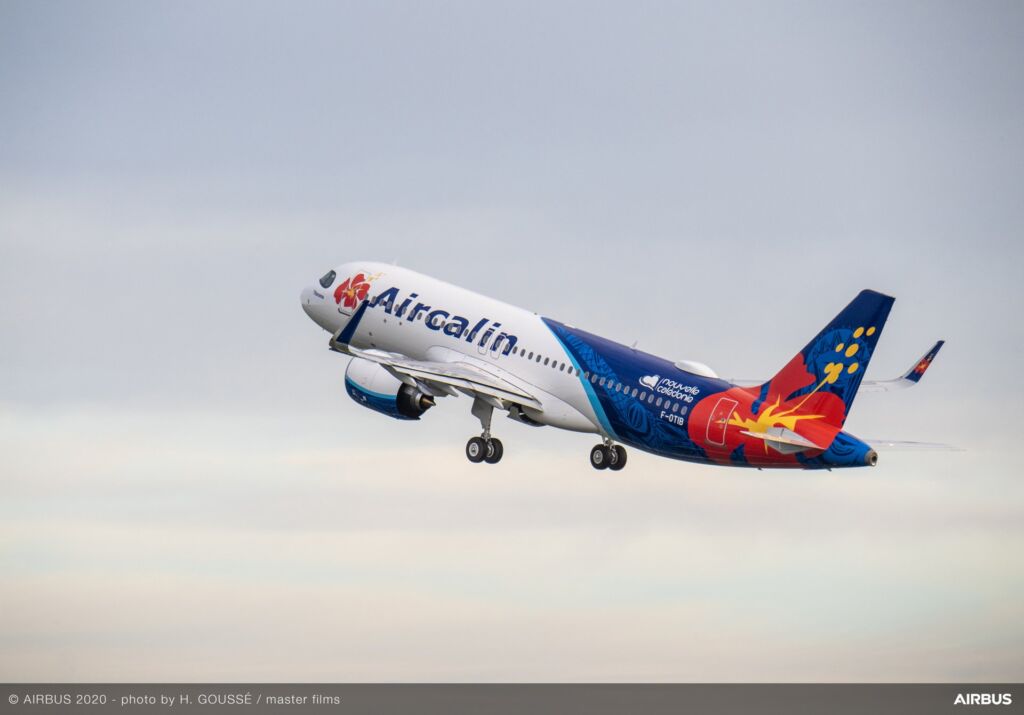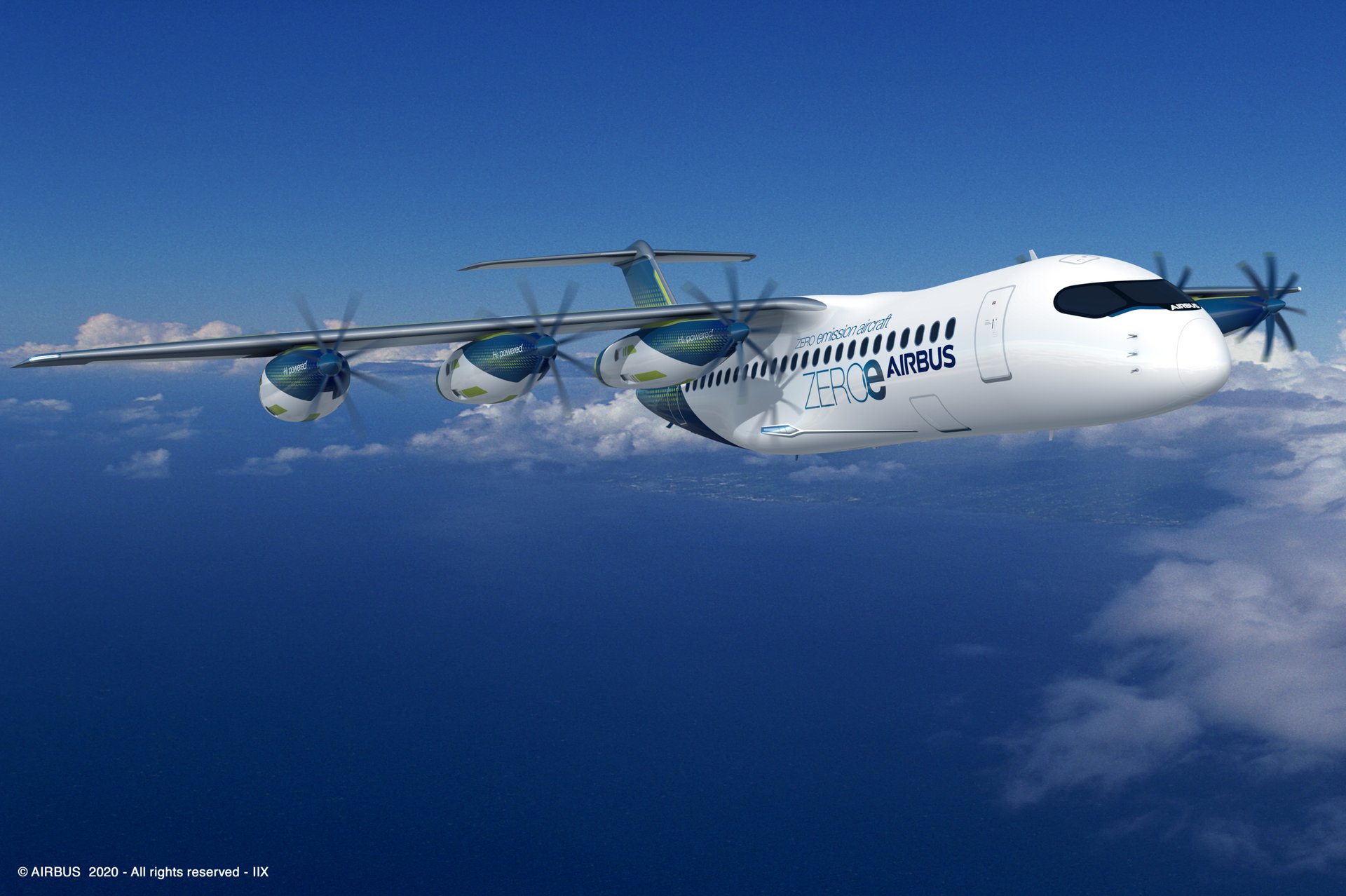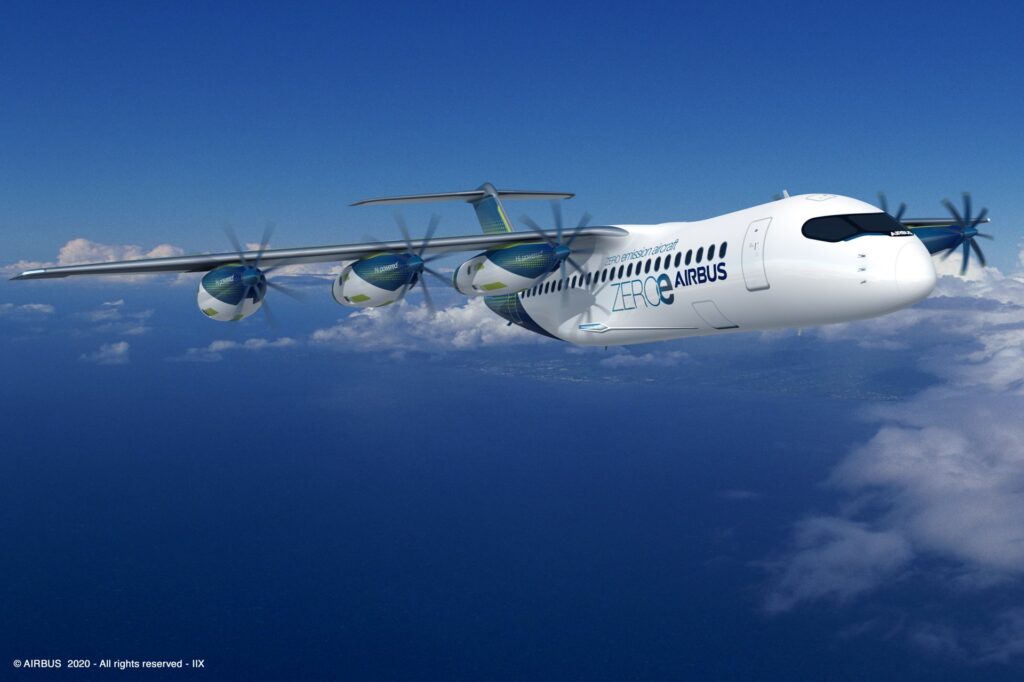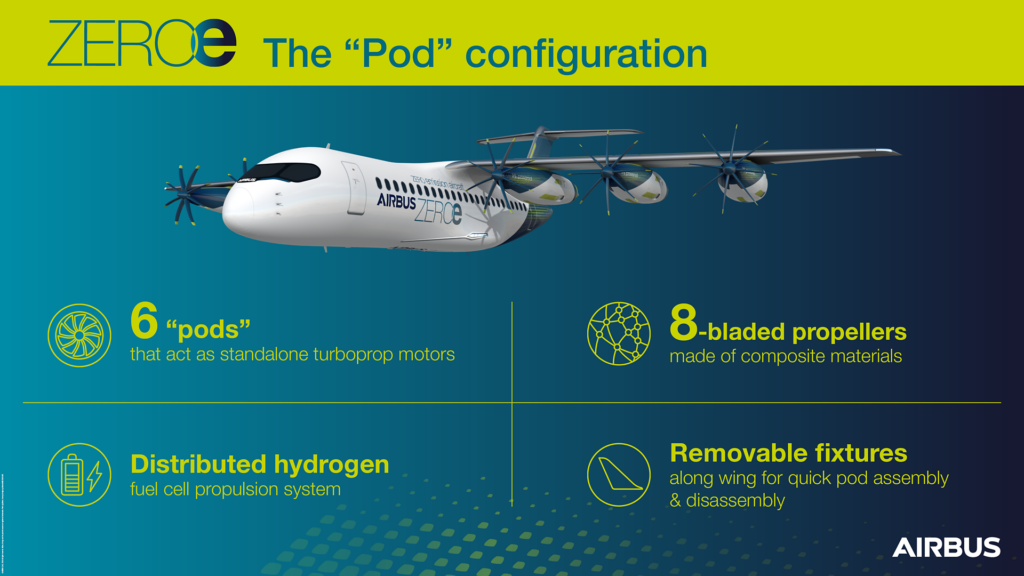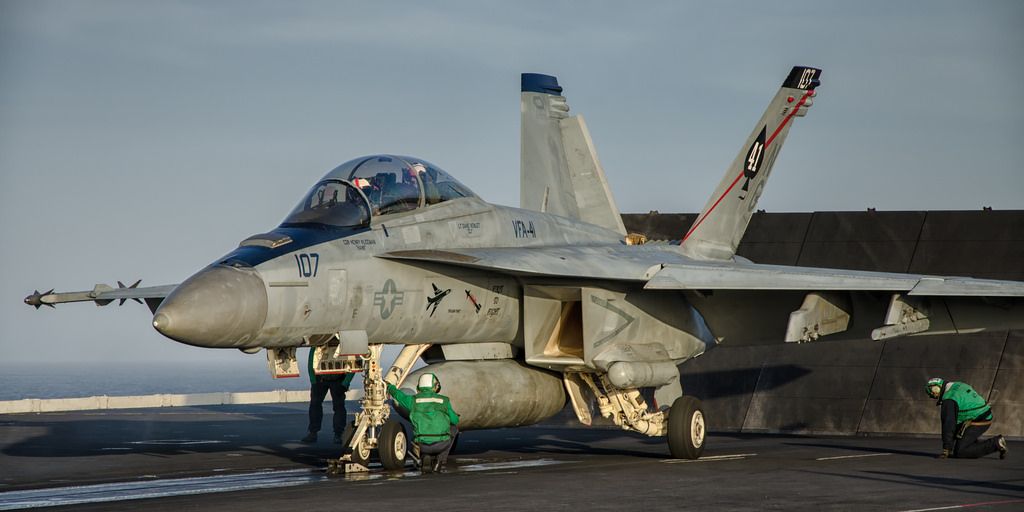Wichita, Kansas (BUSINESS WIRE) – Textron Aviation (NYSE: TXT) announced today significant enhancements to its iconic Cessna high-wing piston aircraft lineup including the Cessna Skyhawk, Cessna Skylane, Cessna Turbo Skylane and Cessna Turbo Stationair HD. Coming in 2024, customers will enjoy a range of new high tech standard features and sleek interior design options including modern and comfortable seating, updated instrument panels and new exterior paint styles.
The first change that customers will notice is an enhanced level of comfort and functionality throughout the aircraft. With new power headset jacks and charging ports at every seat (USB A and C device compatibility), upgraded seats with additional support and padding, and a brand-new center armrest for the Cessna Skylane, Turbo Skylane, and Turbo Stationair HD models, customers will experience a whole new level of excellence in flight.
The lineup also offers exceptional style with top-notch performance. From the sleek black instrument panel to the new side panels, window locks and air vents, the aircraft is designed to make the flying experience even more exciting. Owners can select from a variety of modern standard paint schemes to customize their aircraft and make it their own. With decades of impressive performance, powerful capability and low operating costs, the Cessna piston lineup is the perfect choice for aviators — whether they’re taking their first solo flight or charting their next big adventure.
Customers and fans can experience the new interior for the first time when the company debuts the design in a Cessna Skyhawk at the upcoming 2023 Experimental Aircraft Association AirVenture in Oshkosh, Wisconsin.
